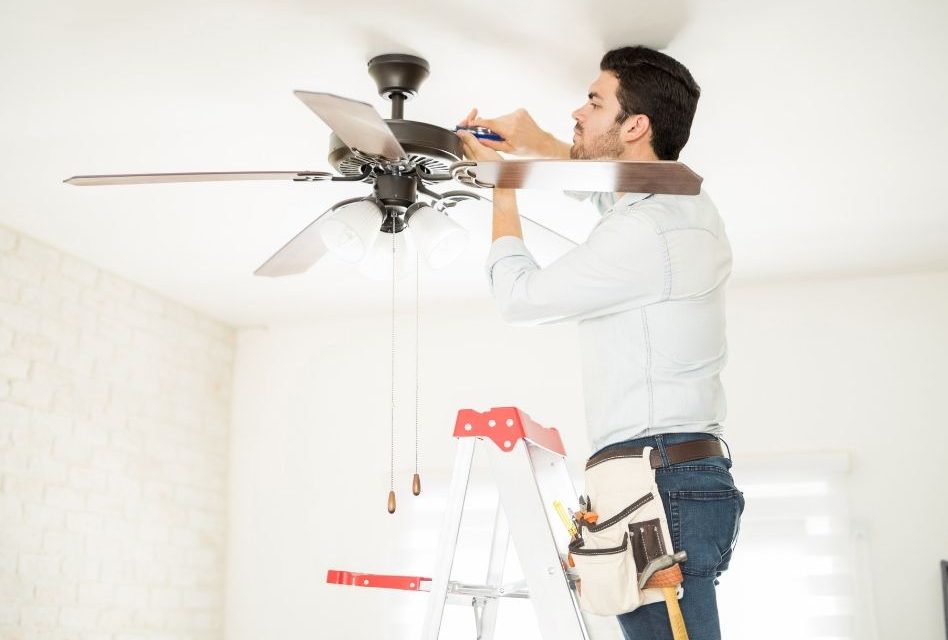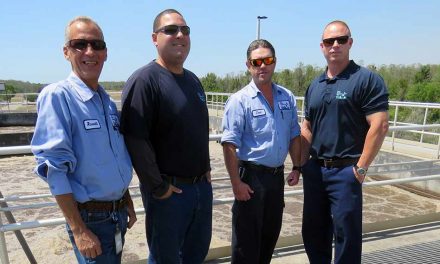Check the blade angle when buying a new ceiling fan.
The first thing you should look at when purchasing a new ceiling fan is the blade angle. If the angle is less than 12 degrees, the fan will be largely decorative and will just eat energy without significant air movement.
Ideally, you want the blades to push air upward or downward. If your blades are at a low angle (meaning nearly flat), they won’t do either. Instead, they’ll have much the same effect as an airplane wing – they’ll just cut through the air without pushing the air at all.
Get a fan with blades angled between 12 and 14 degrees in a room where you might have papers out or may otherwise not want a strong breeze. But in general-use rooms, aim for a fan whose blades are angled at 14 degrees or more.
Avoid high bills and mechanical problems by cleaning or replacing your air conditioner filters.
Though often overlooked, air conditioner filters are responsible for a mighty important job: keeping dust, dirt, and other debris out of the air we breathe indoors. As they improve your air quality, they also get clogged with all of that aforementioned gunk, which makes cleaning them throughout the year vital for the sake of your health—and your wallet.
When a filter is dirty, it forces the air conditioner to work harder in order to push air through its clogged fibers, using more energy to do so and thereby shortening its lifespan.
Avoid high utility bills and mechanical problems down the road by keeping the air conditioner filter clean. Removing it once a month (or twice during seasons of high use) and assessing it for either cleaning or replacement should keep quality and energy use in check.
Thank you Kissimmee Utility Authority for providing smart and effective tips to help Osceola County residents save on energy during the summertime heat.
Source: Kissimmee Utility Authority




















